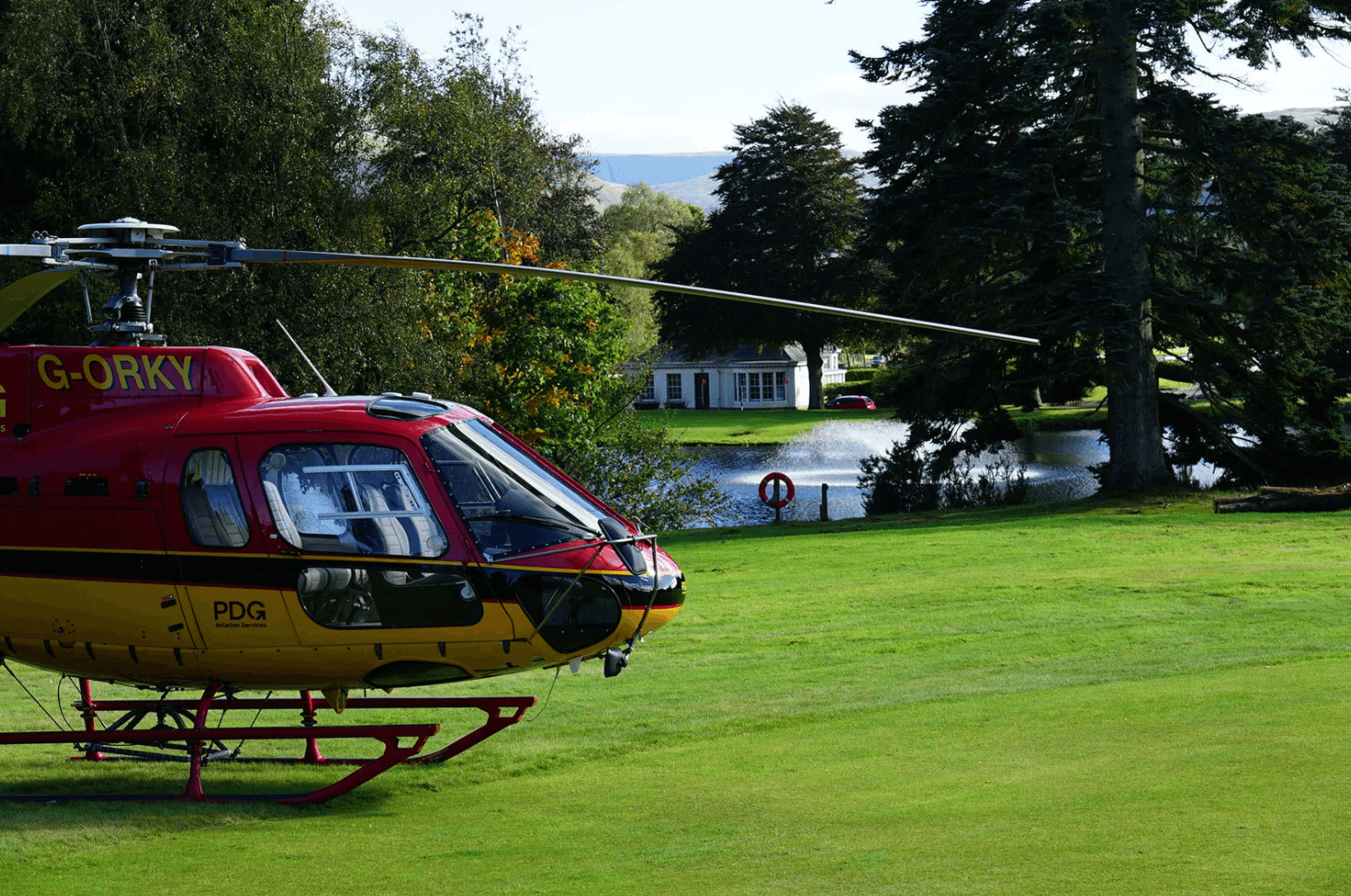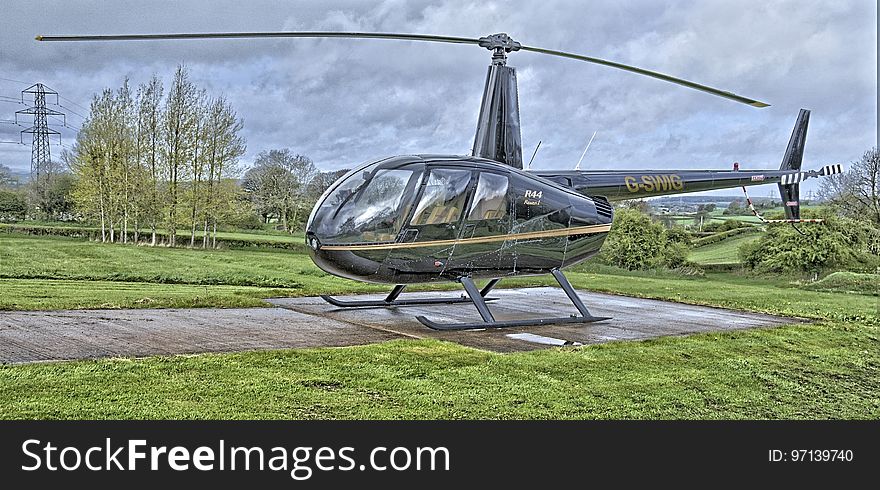Introduction
Helicopters are versatile aircraft that can land in various locations, including grass fields. However, soft ground, such as grass, can pose challenges to helicopter landings and takeoffs, especially in adverse weather conditions. Learning the proper techniques to operate helicopters safely in grassy areas is crucial for pilots and can help prevent accidents. This comprehensive guide will delve into the intricacies of landing and taking off helicopters from grassy surfaces, providing valuable knowledge for both experienced and novice pilots.

Image: goodcausetravel.co.uk
Understanding Grass Surface Nuances for Helicopter Operations
Grass surfaces can have different characteristics that influence their suitability for helicopter operations. Some factors to consider include:
-
Grass Length and Density: Long and dense grass can create increased drag during takeoff and reduce visibility for pilots.
-
Ground Slope: Sloped ground can affect the stability of the helicopter during landing and takeoff and may require adjustments to approach and departure angles.
-
Ground Moisture: Wet grass can be slippery and affect the helicopter’s traction, requiring increased power for takeoff.
-
Presence of Obstacles: Hidden obstacles, such as rocks, holes, or uneven terrain, can be concealed in grass and pose hazards to helicopter operations.
Essential Techniques for Safe Helicopter Operations in Grassy Areas
Mastering specific techniques is paramount for safe helicopter operations in grassy environments. These techniques include:
Landing on Grass
-
Reconnaissance: Prior to landing, pilots should conduct a thorough reconnaissance of the landing area, assessing grass conditions, slope, and potential obstacles.
-
Slow and Gradual Approach: Helicopters should approach the landing area slowly and gradually, avoiding sudden changes in altitude or direction.
-
Stabilized Hover: Before touchdown, the pilot should establish a stabilized hover at a low altitude to assess the ground conditions and wind direction.
-
Power Cushion: Landing on grass requires increased power compared to landing on hard surfaces, as soft ground absorbs some of the helicopter’s energy.

Image: www.stockfreeimages.com
Takeoff from Grass
-
Power Management: Pilots should ensure adequate power for takeoff, especially in high-density grass or soft ground conditions.
-
Gentle Lift-Off: The helicopter should be lifted off the ground gently, avoiding excessive vertical acceleration.
-
Avoid Hovering: Excessive hovering can churn up grass and reduce traction, making it difficult to gain altitude.
-
Stabilized Climb: Once airborne, pilots should maintain a stabilized climb speed and gradually retract the landing gear.
Additional Considerations for Safe Helicopter Grass Operations
-
Maximize Effective Rotor Area: Ensure that the helicopter has the appropriate rotor blade configuration to optimize lift when operating in grassy surfaces.
-
Use Anti-Resonance Dampers: These devices can reduce vibrations caused by the interaction between the helicopter and soft ground, enhancing stability during takeoff and landing.
-
Consider Grass Skids or Floats: Installing grass skids or floats can provide additional support and flotation when operating in challenging grass conditions.
-
Payload Management: Heavy payloads can exacerbate the challenges of operating in grass, so pilots should carefully balance weight and power settings.
How To Get Helicopters Out Of Grass
Conclusion
Landing and taking off helicopters from grassy surfaces requires specialized knowledge and techniques. Pilots must understand the unique characteristics of grassy terrain, employ proper approach and departure procedures, and adjust operational parameters accordingly. By applying the principles outlined in this comprehensive guide, pilots can safely and efficiently operate helicopters in grass environments, expanding their operational capabilities and enhancing mission success.